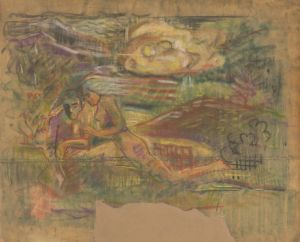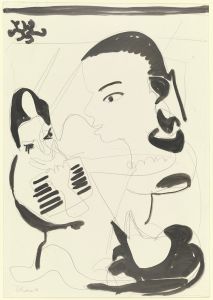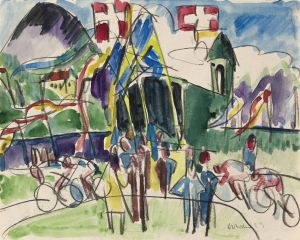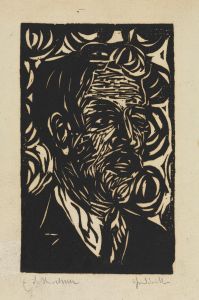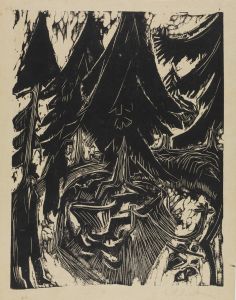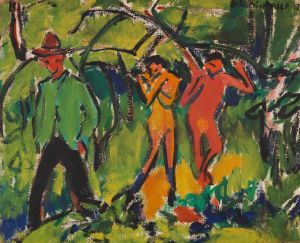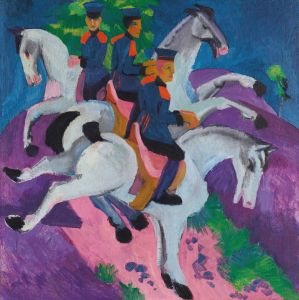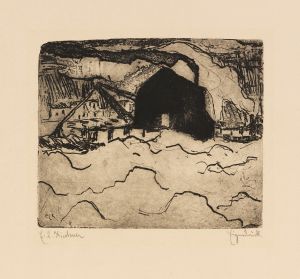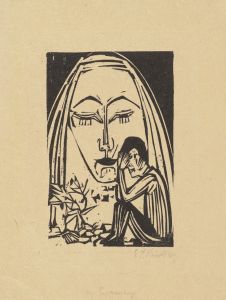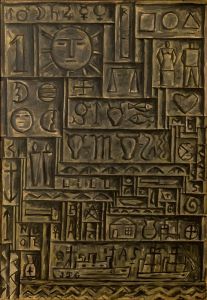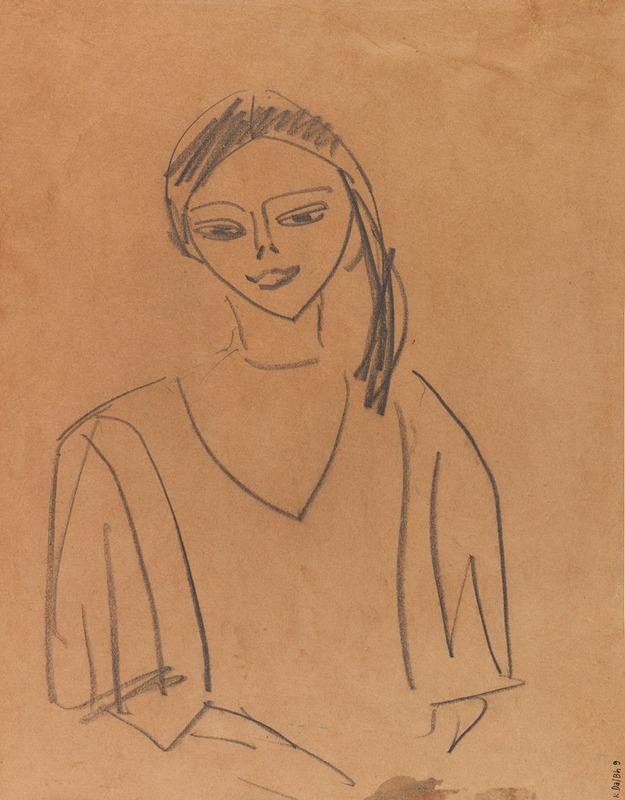
Mädchen, Fränzi
A hand-painted replica of Ernst Ludwig Kirchner’s masterpiece Mädchen, Fränzi, meticulously crafted by professional artists to capture the true essence of the original. Each piece is created with museum-quality canvas and rare mineral pigments, carefully painted by experienced artists with delicate brushstrokes and rich, layered colors to perfectly recreate the texture of the original artwork. Unlike machine-printed reproductions, this hand-painted version brings the painting to life, infused with the artist’s emotions and skill in every stroke. Whether for personal collection or home decoration, it instantly elevates the artistic atmosphere of any space.
Ernst Ludwig Kirchner's painting Mädchen, Fränzi is a notable work by the German Expressionist artist, created during the early 20th century. Kirchner was a founding member of the influential art movement Die Brücke (The Bridge), which sought to break away from traditional academic art and embrace a more raw, emotional, and modern style. The group was active in Dresden and later Berlin, and its members often explored themes of modern life, nature, and the human figure.
Mädchen, Fränzi is believed to depict Fränzi Fehrmann, a young girl who frequently modeled for members of Die Brücke. Fränzi, along with another model named Marzella, became recurring subjects in the group's works. These models were often portrayed in naturalistic or domestic settings, reflecting the group's interest in a return to simplicity and a rejection of industrialized modernity. The use of bold colors, simplified forms, and expressive brushwork in Kirchner's work exemplifies the aesthetic principles of Die Brücke.
Kirchner's approach to painting during this period was heavily influenced by non-Western art, particularly African and Oceanic art, which he and his contemporaries admired for its perceived authenticity and emotional directness. This influence is evident in the stylized forms and vibrant palette of Mädchen, Fränzi. The painting reflects Kirchner's interest in capturing the essence of his subjects rather than adhering to strict realism.
The exact date of creation for Mädchen, Fränzi is not definitively documented, but it is generally attributed to the years when Kirchner was most active with Die Brücke, around 1910-1912. During this time, the group often worked together in shared studios and outdoor locations, fostering a collaborative and experimental environment.
Kirchner's works, including Mädchen, Fränzi, were later targeted by the Nazi regime in Germany, which labeled them as "degenerate art" (Entartete Kunst). Many of his paintings were confiscated, and some were destroyed or sold. Despite this, Kirchner's contributions to modern art have been widely recognized, and his works are now celebrated in major museums and collections worldwide.
Today, Mädchen, Fränzi is considered an important example of Kirchner's early Expressionist style and his contributions to the Die Brücke movement. The painting highlights the artist's innovative use of color, form, and emotional intensity, which continue to influence modern art.






